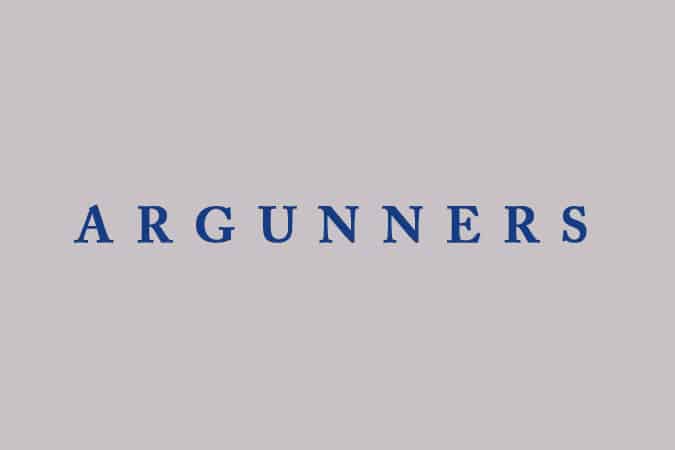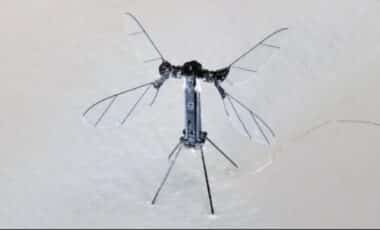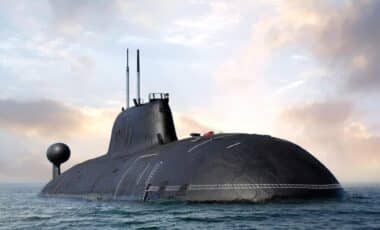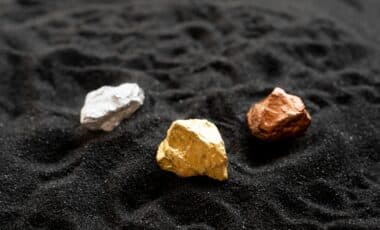On February 15, 1898, the U.S.S. Maine exploded and sank in Havana Harbor in the midst of Cuba’s fight for independence against Spain.
Ironically, the U.S.S. Maine’s life began as a result of Brazil’s decision to modernize its navy by ordering two battleships from the United Kingdom. The first was the Riachuelo, in 1883, and the Aquidaba, in 1885. Congress commissioned the Maine as one of the Navy’s first armor-plated ships. Construction took nine years and by the time the U.S.S. Maine was ready for service, it was largely outdated and relegated to ceremonial roles, neither strong enough for battleship battle or fast enough to be a cruiser. A design flaw meant it had to carry around excess tonnage to balance the load between stern and the bow and the lack of counterbalance in the turrets also limited its effectiveness.
Cuba launched its third bid for independence from Spain in 1895, previously revolting in 1868 and 1879. Americans were extremely sympathetic to the Cuban cause and the U.S.S. Maine was sent to Havana to protect American interests, which included enormous amounts of investments owned in Cuba. Despite exaggerations in the America press, Spanish suppression of the Cuban revolt was brutal and included the use of concentration camps.
Spain allowed the Maine to remain in Havana and engaged courteously with the crew of the ship, despite deep misgivings about American intentions. Everything changed on the evening of February 15, 1898, when a huge explosion ripped through the Maine, causing it to sink to the bottom of the harbor. Historians continue to debate the actual cause of that explosion.
Inquiry
The Navy commissioned a board to review the cause of the Maine’s destruction. The board concluded that the Maine had been victim to a naval mine, which then caused the explosion of forward magazines. Critical to their conclusion was testimony from witnesses that they heard two shots.
When the ship was to be retrieved from the harbor in 1911, a second inquiry was launched. Relying on the physical evidence that they had access to, the inquiry again concluded that a mine had caused the explosion of the forward magazines.
Hyman Rickover performed a private investigation of the Maine’s sinking in 1976. Relying on contemperaneous documents and experts, Rickover concluded that the explosion was caused by the combustion of coal.
What happened to the Maine will likely never be known. But, it’s sinking was a major factor in the United States’ entrance to what became the Spanish-American War, which led to the United States gaining control of Cuba, the Philippines, and Puerto Rico.








